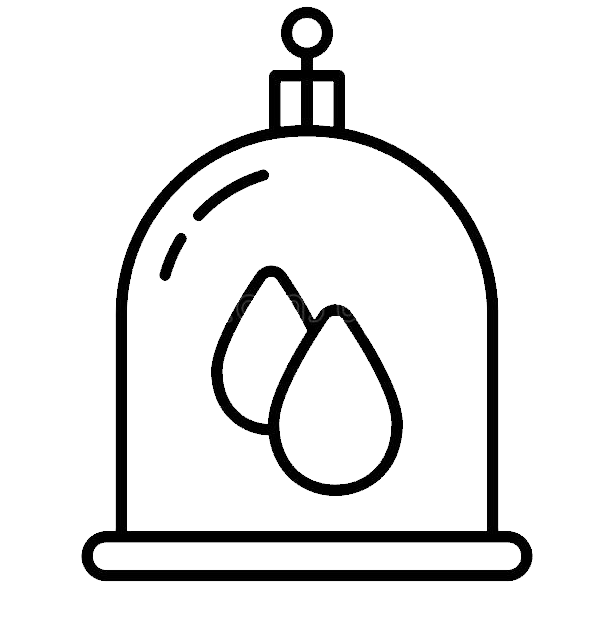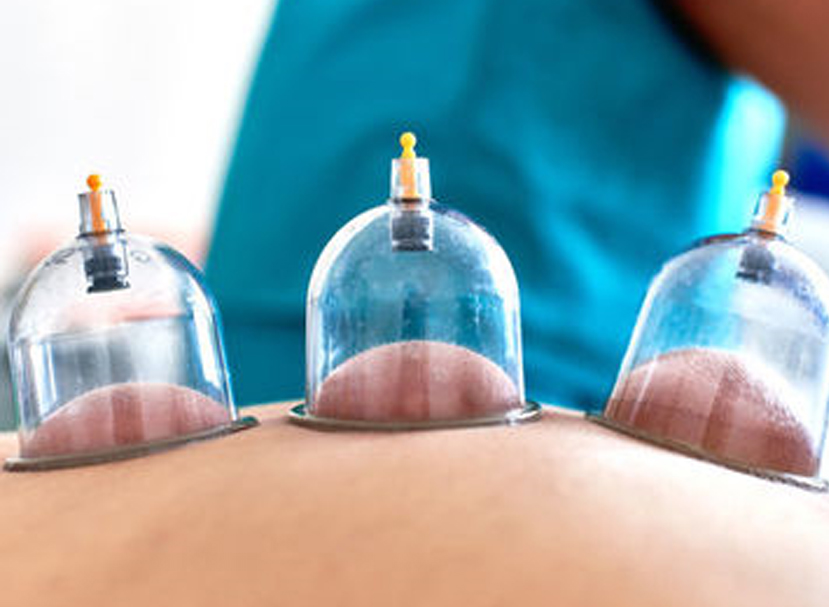

Mehdipatnam, Hyderabad, Telangana
9 am to 6 pm (Fridays off)
Hijama Cupping therapy extends beyond the mere placement of cups, incisions, and blood extraction. The utilization of negative pressure and superficial incisions during Hijama Cupping yields diverse and profound effects that may not be readily measurable or immediately apparent.
Hijama Cupping therapy bestows a range of benefits: it enhances blood circulation, dismantles dysfunctional or deceased capillaries, fostering the regeneration of new capillaries and reinstating microcirculation. It aids in the clearance of stagnant blood from injury sites and inactive capillaries, stimulates the lymphatic system, augments microcirculation, expedites tissue healing and the formation of blood vessels in affected areas.

The negative pressure activates mechanoreceptors, contributes to detoxification by eliminating diverse toxins and heavy metals, facilitates the attainment of homeostasis, addresses hormonal imbalances, reduces total cholesterol and modifies the LDL/HDL ratio, prompts the peripheral nervous system, mitigates pain, regulates blood pressure, fortifies the immune system, triggers the body's self-cleansing mechanisms primarily at the cupping sites, alleviates muscle tension, acts as a natural anticoagulant, encourages the release of nitric oxide, induces vasodilation, extracts metabolic waste and deep-seated toxins to the surface, fosters general comfort and relaxation, heightens red blood cell count in mild to moderate anemia, alleviates inflammation, and significantly diminishes blood sugar levels in individuals with diabetes.
These effects align with the body's intrinsic processes. Nonetheless, chronic stress, lifestyle concerns, inadequate dietary habits, processed food consumption, sedentary living, alcohol abuse, suppressive medications, excessive sugar intake, lack of exercise, and emotional and physical abuse can disrupt these processes, impeding optimal bodily functions and serving as underlying causes of ailments. Regular implementation of Hijama Cupping supports and restores these functions, serving as both a preventive measure for the body and a remedial procedure for existing illnesses or conditions stemming from compromised functions and their subsequent consequences.
Reference: National Library of Medicine
There is converging evidence that cupping can induce comfort and relaxation on a systemic level and the resulting increase in endogenous opioid production in the brain leads to improved pain control. 1. Other researchers proposed that the main action of cupping therapy is to enhance the circulation of blood and to remove toxins and waste from the body. 2. That could be achieved through improving microcirculation, promoting capillary endothelial cell repair, accelerating granulation and angiogenesis in the regional tissues, thus helping normalize the patient's functional state and progressive muscle relaxation. 3,4. Cupping also removes noxious materials from skin microcirculation and interstitial compartment 5. which benefit the patient. Cupping may be an effective method of reducing low density lipoprotein (LDL) in men and consequently may have a preventive effect against atherosclerosis 6. and cardiovascular diseases (CVDs). Cupping is known to significantly decrease in total cholesterol, low density lipoprotein LDL/high density lipoprotein (HDL) ratio. 7. Cupping therapy can significantly lower the number of lymphocytes in the local blood related to the affected area with an increase in the number of neutrophils, which is one of the antiviral mechanisms that reduces the pain scores. 8. Loss of blood along with vasodilation tends to increase the parasympathetic activity and relaxes the body muscles which benefit the patient and could also be associated with the after effects of cupping. Furthermore, the loss of blood is thought to increase the quality of the remaining blood that improves pain symptoms. 9. It has also been found that cupping increases red blood cells RBCs. 10. It has been claimed that cupping therapy tends to drain excess fluids and toxins, loosen adhesions and revitalize connective tissue, increase blood flow to skin and muscles, stimulate the peripheral nervous system, reduce pain, controls high blood pressure and modulates the immune system. 11,12. Some researchers believe that the build-up of toxins is the main reason for illness development. In the cupped region, blood vessels are dilated by the action of certain vasodilators such as adenosine, noradrenaline and histamine. Consequently, there is an increase in the circulation of blood to the ill area. This allows the immediate elimination of trapped toxins in the tissues, and, hence, the patient feels better. 13. Cupping has been found to improve subcutaneous blood flow and to stimulate the autonomic nervous system. 14,15. Like injuries to the skin due to the incisions, stimulation of the skin causes several autonomic, hormonal, and immune reactions attributed to the sympathetic and parasympathetic efferent nerves to the somato-visceral reflexes related to the organs. 16. Cupping is reported to restore sympathovagal balance and might be cardio-protective by stimulating the peripheral sympathetic and parasympathetic nervous system. 17. Cupping seems to play a role in the activation of complement system as well as modulation of cellular part of immune system. 18. There is also a significant reduction in blood sugar in diabetic patients after cupping. 19. Chen and colleagues concluded that there are some improvements in the research concerning the mechanisms of cupping therapy. 20. Overall, cupping is reported to effect changes in the biomechanical properties of the skin, 21. increase immediate pain thresholds in patients with neck pain and in a healthy subject as well, 22. reduce significantly peripheral and local P substance 23. and reduce the inflammation. 24

Writer
Imran Khan
Lead Practitioner at i-ReviveOne of the most commonly disregarded fact is that blood circulation issues can indirectly cause hormonal imbalances . Let's say when someone is diagnosed with Hypothyroid it not necessarily mean that the Thyroid gland...
Read MoreBlood cleansing plays a vital role in maintaining good health and overall well-being. The bloodstream acts as a transportation network, delivering essential nutrients, oxygen, and hormones to cells throughout the body and...
Read MoreThe proper functioning of our organs and muscles relies on a continuous and ample blood supply, which carries vital resources such as oxygen, nutrients, healing agents, hormones, anti-inflammatories, and natural pain relievers like opi...
Read MoreWhen cups are applied to the skin, a negative pressure is created, causing a rapid diffusion of various substances within the tissues. These substances are drawn...
Read MoreHijama, also known as cupping therapy, is considered a divine therapy that encompasses the body, mind, and soul. The human body relies on five vital organs—heart, brain, kidneys, liver, and lungs—for survival. The de...
Read MoreHijama Cupping therapy extends beyond the mere placement of cups, incisions, and blood extraction. The utilization of negative pressure and superficial incisions during Hijama Cupping yields diverse and profound effe...
Read MoreSpider veins are often confused with varicose veins, but there are distinct differences between the two. Spider veins are smaller, closer to the skin's surface, and typically do not cause significant symptoms. Varicose veins, on these a...
Read MorePolycystic ovary syndrome (PCOS) is a hormonal disorder affecting many women worldwide. It is characterized by hormonal imbalances, ovarian cysts, and various symptoms such as irregular menstrual cycles, excessive hair...
Read MoreHeavy metals, such as lead, mercury, arsenic, cadmium, and others, are toxic substances that can have extremely harmful effects on the body. Heavy metals can adversely affect human health: - Toxicity: Heavy metals ...
Read More